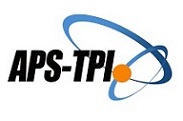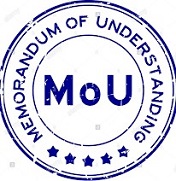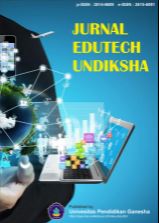Advancing Problem-Solving Competencies in Prospective Science Teachers: Comparative Insights on the Flipped Classroom and Direct Instruction Models
DOI:
https://doi.org/10.23887/jeu.v12i2.91742Kata Kunci:
Problem-Solving Skills, Flipped Classroom, Direct InstructionAbstrak
Improving problem-solving skills is a key challenge in science education. Traditional models like Direct Instruction (DI) often limit student engagement, prompting the need for innovative approaches such as the Flipped Classroom (FC) model. This study aims to analyze differences in problem-solving skills between students taught using the FC model and those taught using the DI model. This quasi-experimental research employed a non-equivalent pretest-posttest control group design. The sample, consisting of 34 fourth-semester prospective science teachers, was selected through random sampling. The experimental group (FC model) and control group (DI model) each included 17 students. Problem-solving skills were assessed using an essay test in a biophysics course, with a reliability coefficient of 0.717. Data were analyzed descriptively and using ANCOVA at a 5% significance level. The results showed medium improvements in problem-solving skills for both groups, with N-gains of 64.30 for the FC model and 32.94 for the DI model. A significant difference was found between the groups (p < 0.05), with students in the FC group achieving higher problem-solving scores. In conclusion, the FC model is more effective in enhancing problem-solving skills compared to the DI model. Active learning strategies in the FC model foster deeper engagement, supporting the development of essential cognitive skills in science education.
Diterbitkan
Cara Mengutip
Terbitan
Bagian
Lisensi
Hak Cipta (c) 2024 I Made Sutika, Ni Made Pujani, Ketut Suma, Putu Hari Sudewa

Artikel ini berlisensiCreative Commons Attribution-ShareAlike 4.0 International License.
Authors who publish with the Jurnal EDUTECH Undiksha agree to the following terms:
- Authors retain copyright and grant the journal the right of first publication with the work simultaneously licensed under a Creative Commons Attribution License (CC BY-SA 4.0) that allows others to share the work with an acknowledgment of the work's authorship and initial publication in this journal.
- Authors are able to enter into separate, additional contractual arrangements for the non-exclusive distribution of the journal's published version of the work (e.g., post it to an institutional repository or publish it in a book), with an acknowledgment of its initial publication in this journal.
- Authors are permitted and encouraged to post their work online (e.g., in institutional repositories or on their website) prior to and during the submission process, as it can lead to productive exchanges, as well as earlier and greater citation of published work. (See The Effect of Open Access)













